Do you suspect your VVT engine to have a faulty cam phaser, and you want to know how you’d be able to tell? You’ve come to the right place, for we have researched this question, and we have the answer for you.
Here are the most common symptoms of a faulty cam phaser:
- 'Check Engine' light is on
- Bad engine performance
- Rattling noise
Read the succeeding sections to learn more about each of these symptoms. We will then talk about what you can do about a faulty cam phaser if you do have one. Read on!
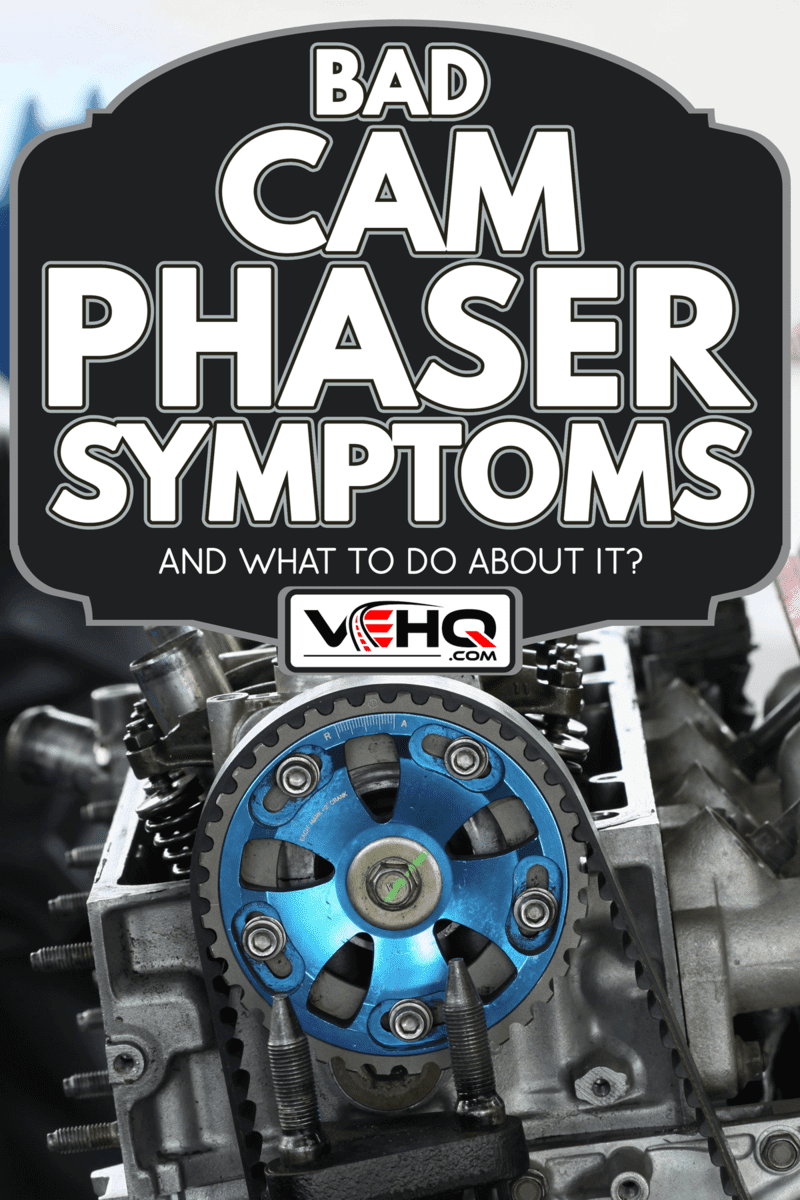
What is a cam phaser?
Before we can talk about the symptoms of a faulty cam phaser, we need to have a basic idea of what a cam phaser is to understand how the symptoms are related to it.
A cam phaser—also known as camshaft actuators—is the central component of a VVT or variable valve timing engine.
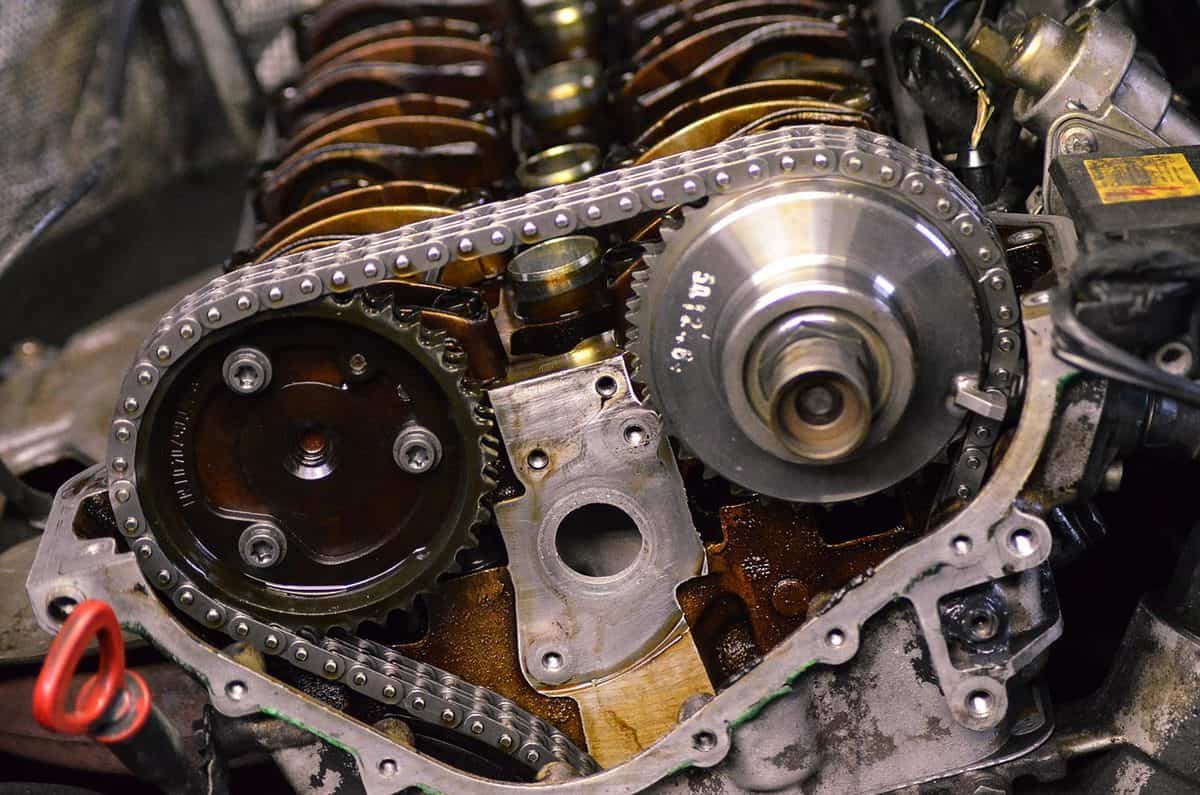
Basic VVT theory
An engine running at high speed needs more air to run efficiently. However, a regular engine opens and closes the intake valves in the same amount of time whether the vehicle is running at high speed or not.
Unfortunately, the intake valve closes before the engine can get the amount of air it needs at high speeds in a regular engine. Installing an aftermarket part like a racing cam can mitigate the effects of this issue.
However, if you modify the engine by installing racing cams, the engine will always open the intake valve longer—whether it is running at high speeds or not.
The downside is that a racing cam engine modification will cause the engine to open the intake valve longer even at low speeds. This can cause unburnt fuel to go to the exhaust valve, decreasing fuel efficiency and generating more emissions.
A properly working VVT engine adjusts the length of time that the intake valve is open at high speeds and low speeds based on the engine's needs.
What is cam phasing?
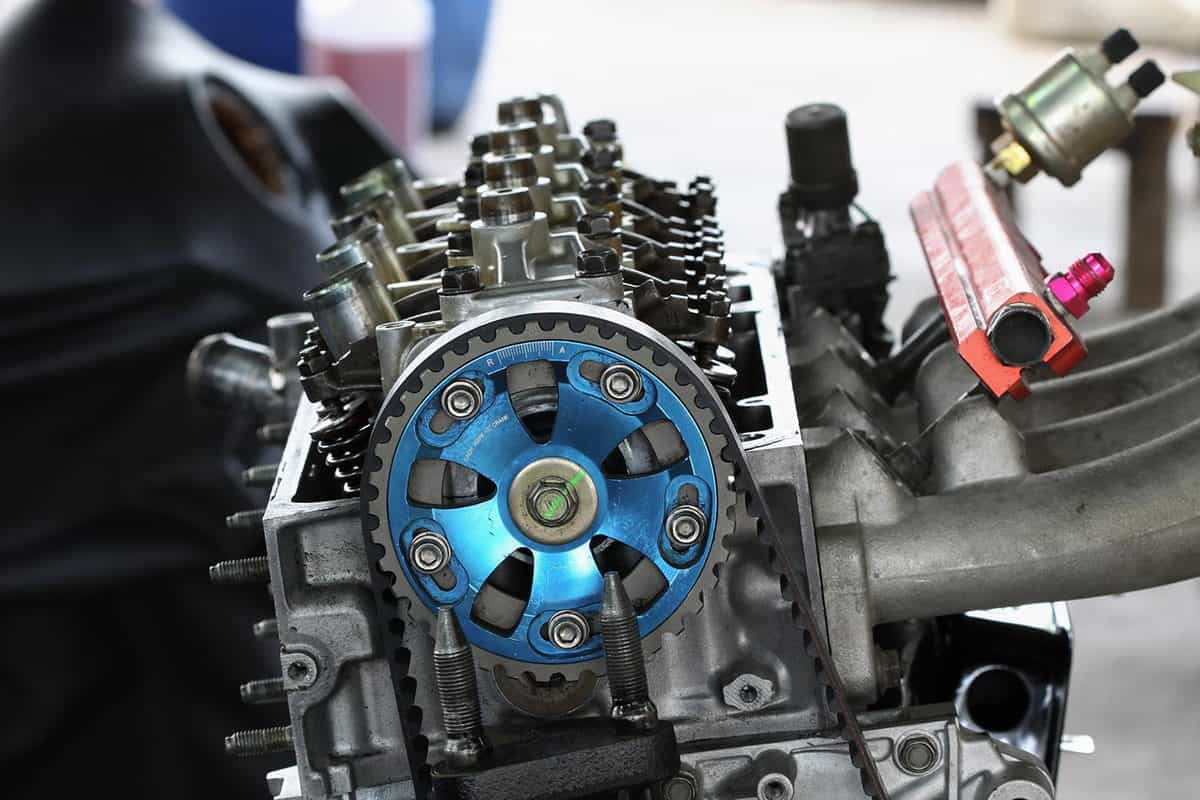
Cam-phasing is the simplest form of VVT. It adjusts the position of the camshaft relative to the crankshaft. Adjusting the camshaft position effectively delays or advances the opening and closing of the valves.
Thus, the purpose of cam phasers, or camshaft phasers, is to modify the camshaft positioning to modify the valve timing of the engine.
What are the symptoms of a faulty cam phaser?
A company called “Faster, Cheaper, Better,” found that 35% of all reported engine failures are caused by cam phasers. A faulty cam phaser will lead to damaged VCT solenoids. The ECU or engine control unit) will no longer be able to control the cam phaser once the VCT solenoids are damaged.
'Check Engine' light is on
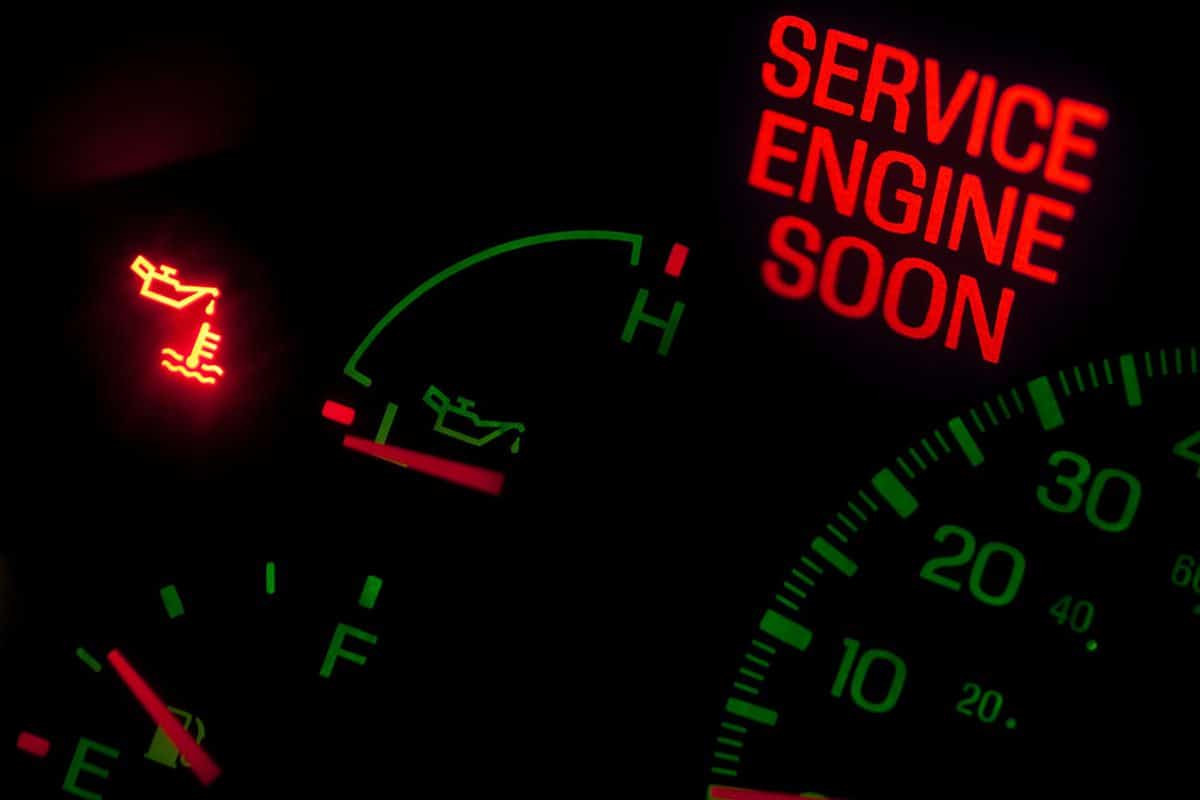
The PCM or powertrain control module is a computer control unit that integrates the functions of an ECM (engine control unit) and the TCU (transmission control unit). It is connected to sensors that monitor the position of the camshaft.
The PCM will ignite the 'Check Engine' light if it detects a deviation in the camshaft position and stores a diagnostic code in its memory to access later. A faulty cam phaser can cause the camshaft to deviate from its expected position.
Engine noise
The common design of cam phasers is to get into a locked position when idle. However, a faulty cam phaser will fail to lock back into place at idle.
The wrong positioning of the cam phaser creates a rattling or knocking sound near the top of the engine. This noise is most evident when the engine is hot and idle.
Poor engine performance
The PCM optimizes the intake valve through the cam phaser, adjusting the oil pressure so that the cam phaser can adjust the valve timing. However, when the cam phaser goes bad, the PCM can no longer control the timing of the intake valve.
The ECU side of the PCM will initiate engine protection procedures once the PCM loses control of the valve timings. In this mode, the ECU will lock the VCT to protect the engine. Unfortunately, this mode reduces the total horsepower of the engine and limits it to a specific RPM.
The ECU will then inform you of the situation by sending power to the 'Check Engine' light that we talked about earlier.
What to do when you have a faulty cam phaser?
There is only one solution for a faulty cam phaser—take it to a service center and have it replaced.
Replacing the cam phaser can cost you anywhere from $800 to $2,500. This price includes both the replacement part and the cost of labor. However, the price can further change based on the make and model of your car.
What causes cam phasers to go bad?
The origin of cam phaser problems revolves around oil.
Oil pressure
If there is low oil pressure, the oil will not be able to bring the cam phaser to the right position and do what it is supposed to do.
Losing oil pressure is a symptom of another problem. A faulty oil pump that needs to be replaced could be causing the problem of low oil pressure.
Oil level
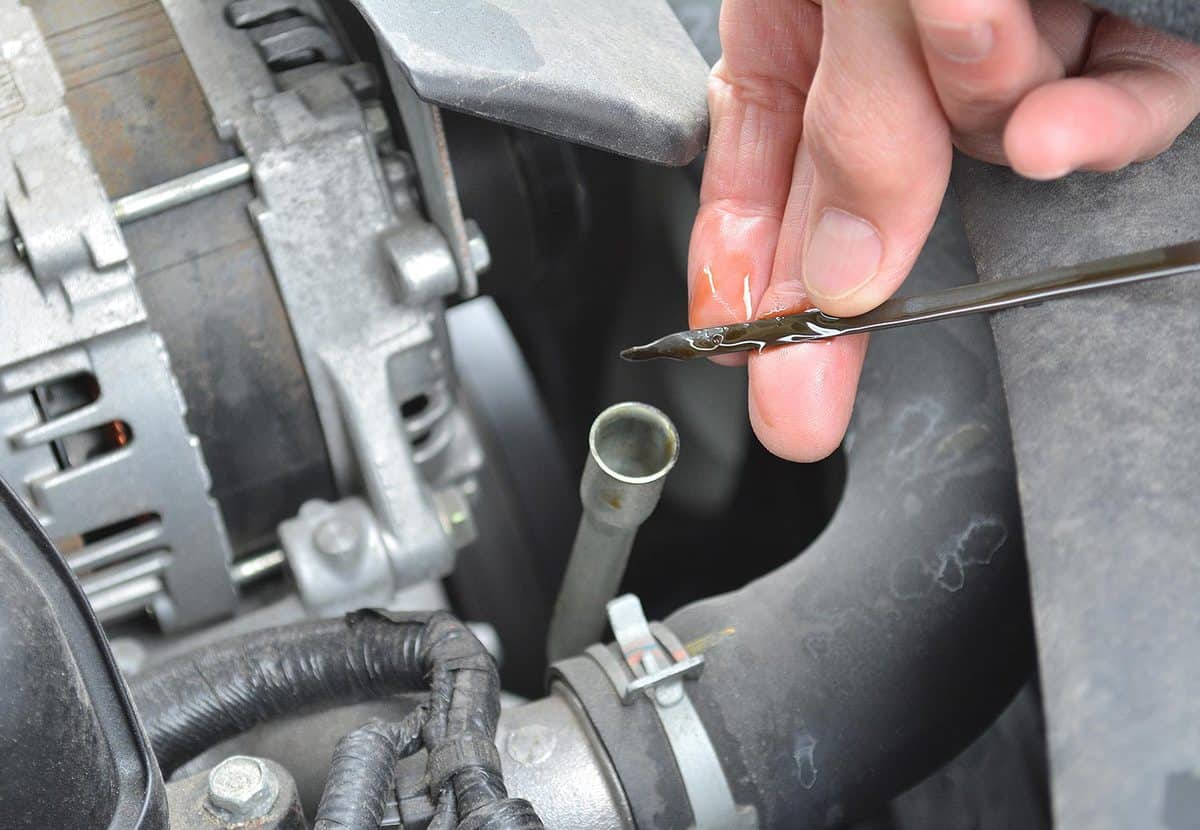
Another common culprit for a faulty cam phaser is insufficient oil. If the oil level is lower than the minimum required level, then the engine parts—including the cam phaser—will suffer wearing and tearing faster.
A low oil level points to a possible leak.
Type of oil
The wrong type of oil can cause issues as well.
The cam phaser needs oil that has a specific viscosity to produce the pressure required to shift it to the right position as needed. The wrong oil will not be able to create the necessary pressure to move the cam phaser to the right position.
If the oil has a different viscosity, it will affect the cam phaser's response time, which can lead to problems.
Dirty oil
Proper maintenance of your vehicle requires a regular oil change. This becomes even more important with a cam phaser.
Oil thickness changes as it becomes dirty. Thicker, dirty oil is less responsive to shifting the cam phaser's position as the engine needs it.
Can a cam phaser be fixed?
The only fix for a faulty cam phaser is a replacement.
However, it is important to identify the problem that caused the cam phaser to go bad in the first place. The replacement cam phaser will not last too long if the problem's root cause is not addressed.
How long can you drive with faulty cam phasers?
You can keep driving your vehicle with faulty cam phasers until the engine quits. Keep in mind that the more you drive your vehicle with faulty cam phasers, the more damage it will cause. The more damage, the higher the cost will be to repair it.
Ultimately, driving your vehicle despite the bad cam phasers will severely damage the solenoids, the ECU, and eventually the engine. In the end, instead of just replacing the cam phasers, you’d end up having to replace the ECU, the solenoids, and other critical parts of the engine.
How to avoid cam phaser problems?
There is no sure way to avoid cam phaser problems. However, most people recommend regular oil changes using high-quality oil filters. Always use the recommended oil for the vehicle that you have. It is a good idea to change the oil every 5,000 miles.
Is it ok to drive with a bad cam phaser?
Driving with a bad cam phaser can severely damage the solenoids, the ECU, and ultimately the engine. Repairing the cam phaser early prevents engine damage. Engine damage is more expensive to repair because some engine damage can only be fixed by rebuilding the engine or replacing it.
Does a bad cam phaser cause a misfire?
A misfire commonly happens when the valve timing is wrong. Since the cam phaser controls valve timing, it can lead to bad valve timing that can cause a misfire.
Are cam phasers part of the Ford powertrain warranty?
Cam phaser issues are covered by the Ford Powertrain Warranty and the Ford Extended Service Plan.
Where are cam phasers located?
Cam phasers are normally located on both the intake cam and the exhaust cam.
Changes to the camshaft position shift the cam centerline and the lobe separation angle between the intake cam and the exhaust cam. This is why the cam phaser is best located here.
Conclusion
A faulty cam phaser has symptoms that are similar to other engine issues. However, the rattling or knocking sound near the top of the engine is a telling sign of a faulty cam phaser in addition to the other symptoms.
If you enjoyed reading this article, you might find the articles below equally enjoyable to read:
5 Engine Oil Treatment Benefits Every Car Owner Should Know.

Out standing,just what was needed,thank you.